Nowadays, the threat of a societal collapse seems very real and always close. So, for many, finding a sanctuary seems ever more appealing. Even for people new to the idea of prepping, the potential for a collapse of some kind is a real-world threat and a scenario to plan for.
And you really do need a plan for a variety of different scenarios. Is it safer to stay or leave? If you want to stay, do you have enough supplies? If you need to leave, where are you going? How will you get there? How will you access food, water, and other supplies while you travel?
Choosing a destination is a huge part of your prepping plans. I’ve identified some of the best regions in the US to plan your escape to based on factors like remoteness, potential to support a good standard of self-sufficient living, community, and defensibility.
How to Choose a Refuge In the Event of Societal Collapse
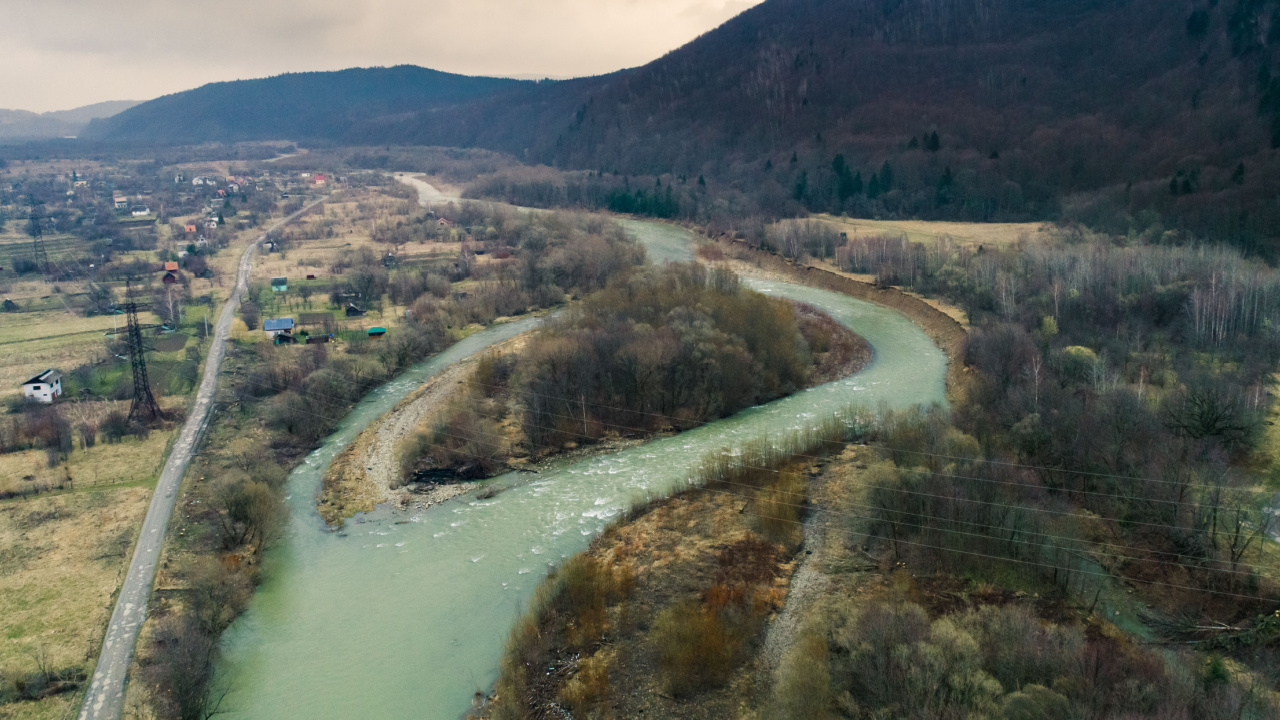
Choosing a refuge in the event of societal collapse involves weighing the pros and cons of each location against your personal preparedness goals and abilities. Whether you’re drawn to the solitude of the desert or the protective heights of the mountains, the key is finding a place that offers safety and the opportunity for growth and renewal.
Remember, the best place is where you feel prepared and connected, both to the land and to a community of like-minded individuals.
Alaska: The Last Frontier
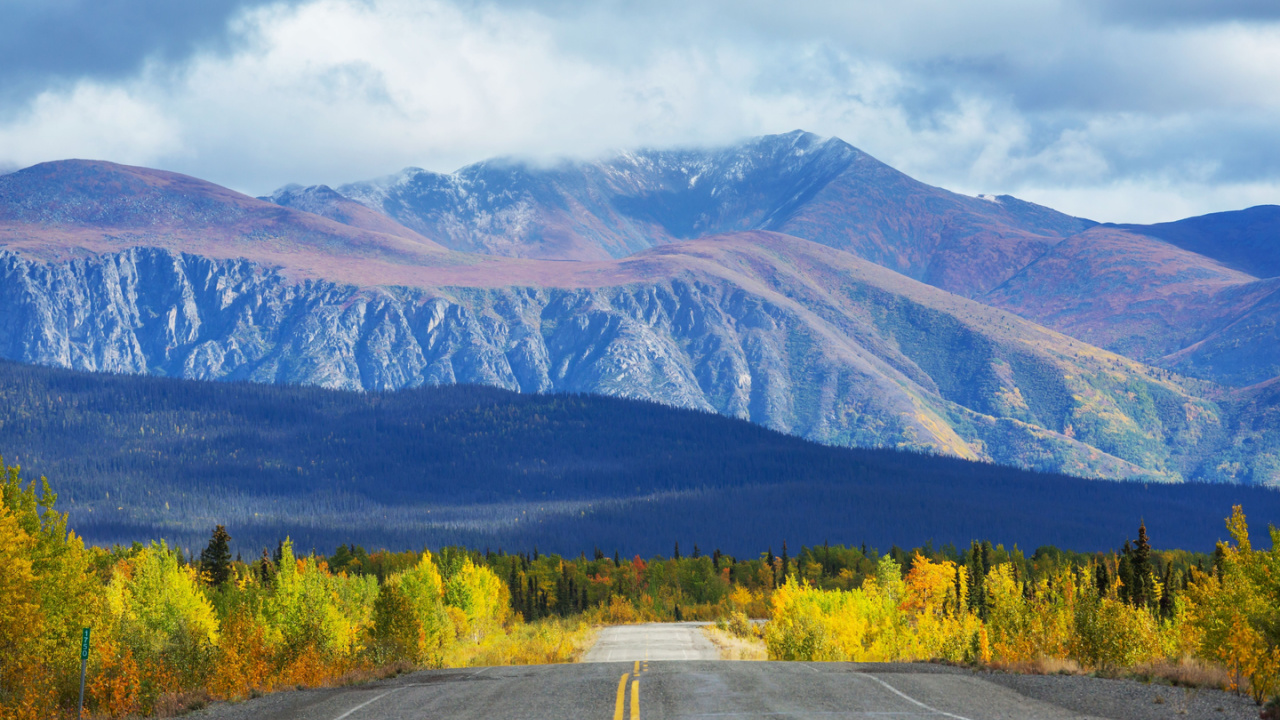
Alaska, often dubbed “The Last Frontier,” is synonymous with rugged individualism and self-reliance. Its expansive wilderness offers not just a buffer from the crowded cities but also an abundance of natural resources.
Whether you’re fishing in its rich waters, hunting in its dense forests, or tapping into its potential for renewable energy, Alaska provides the means to live independently from the grid.
The challenge here is the harsh climate, but for those who are prepared, the isolation becomes an advantage in times of societal collapse.
The Pacific Northwest: A Temperate Refuge
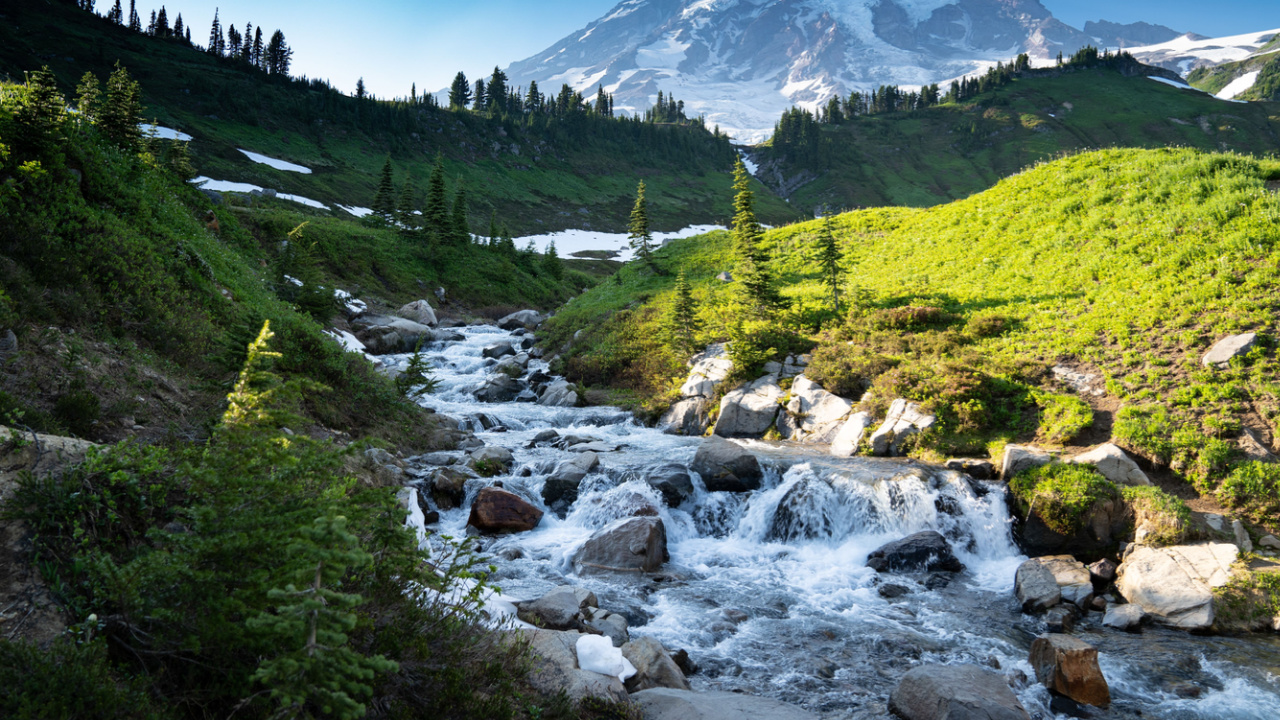
The Pacific Northwest, encompassing states like Washington and Oregon, is prized for its lush forests, fertile land, and abundant water sources.
The temperate climate allows for year-round agriculture, making it an ideal spot for self-sufficiency. The region’s natural barriers, such as the Cascade Mountain Range, offer seclusion and protection.
Community-oriented and with a strong emphasis on sustainability, the Pacific Northwest could be a beacon for rebuilding society.
The Rocky Mountains: A Natural Fortress

Spanning across several states, the Rocky Mountains provide a diverse range of environments to call home. From the protective heights of its peaks to the sheltered valleys below, this area is a natural fortress against any threat.
The abundance of natural resources supports a self-sufficient lifestyle, while the varying climates cater to a wide range of agricultural practices. The Rockies are not just a barrier against physical threats but a sanctuary for those looking to start anew.
The Great Basin: Desert Resilience

Covering most of Nevada and parts of Utah, the Great Basin is an expanse of arid desert and rugged mountains. Its beauty lies in its isolation and the resilience it demands from those who dwell within.
Water sources are scarce, but for the resourceful, the Great Basin offers solitude and freedom from societal constraints. Communities here are sparse but tightly-knit, often with a deep understanding of how to live in harmony with the challenging landscape.
The Ozarks: A Hidden Haven
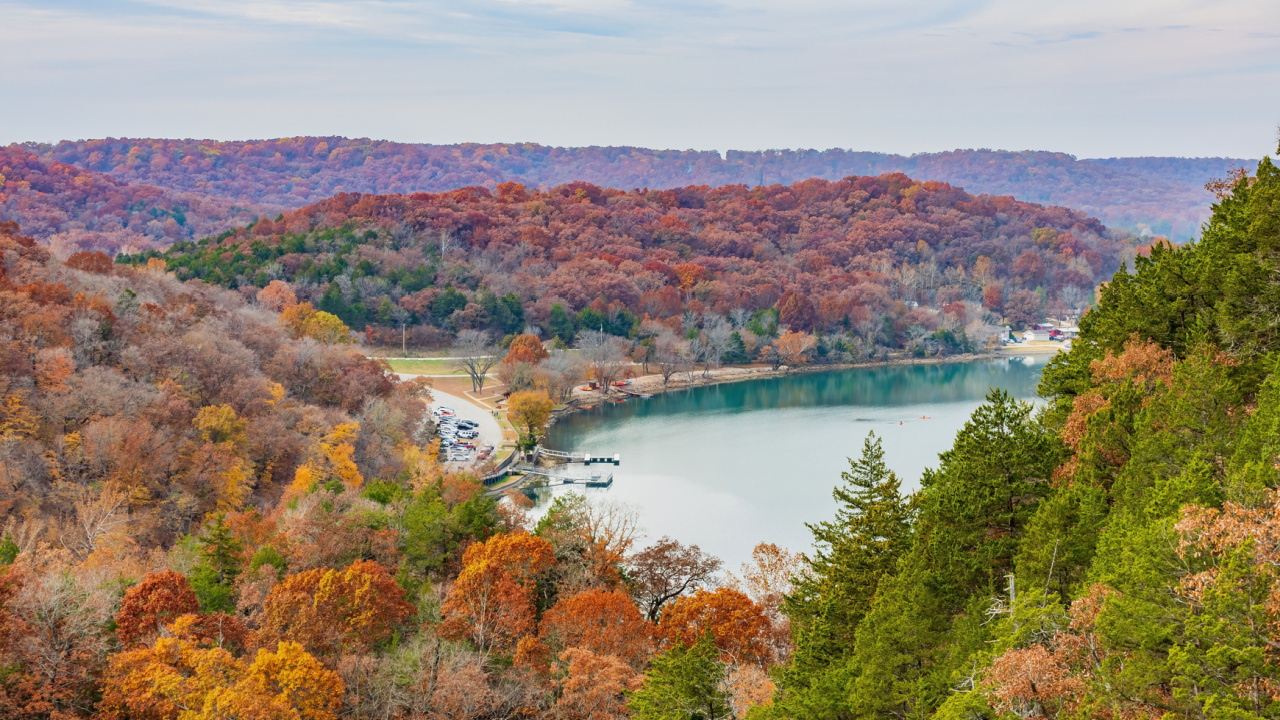
The Ozarks stretch across Missouri, Arkansas, Oklahoma, and Kansas, offering a mix of rolling hills, deep forests, and clear rivers. Its remote locations are perfect for those seeking privacy and a community that values independence.
The region’s natural caves provide unique options for shelter, while the abundance of water and arable land supports a self-reliant lifestyle. The Ozarks represent a blend of natural beauty and practicality for survivalists and preppers alike.
Hawaii: Island Sustainability
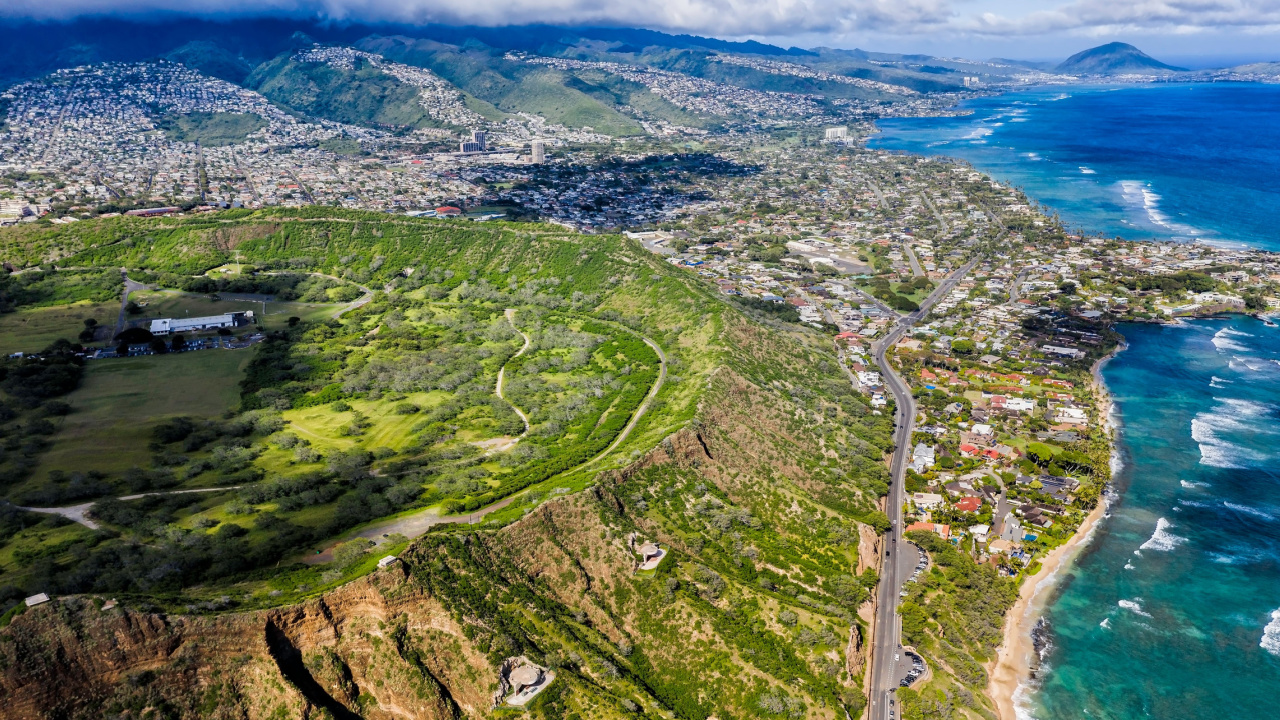
Hawaii’s isolation in the Pacific Ocean makes it a unique choice for escaping societal turmoil. The islands offer a tropical climate, fertile soil, and an abundance of fresh water, ideal for sustainable living.
The sense of ohana, or family, permeates the local culture, providing a strong foundation for community resilience. However, it’s essential to weigh the benefits against natural disaster risks, such as hurricanes and tsunamis, that come with island living.
14 Pieces of Outdated Money Advice That Can Derail Your FIRE Plan
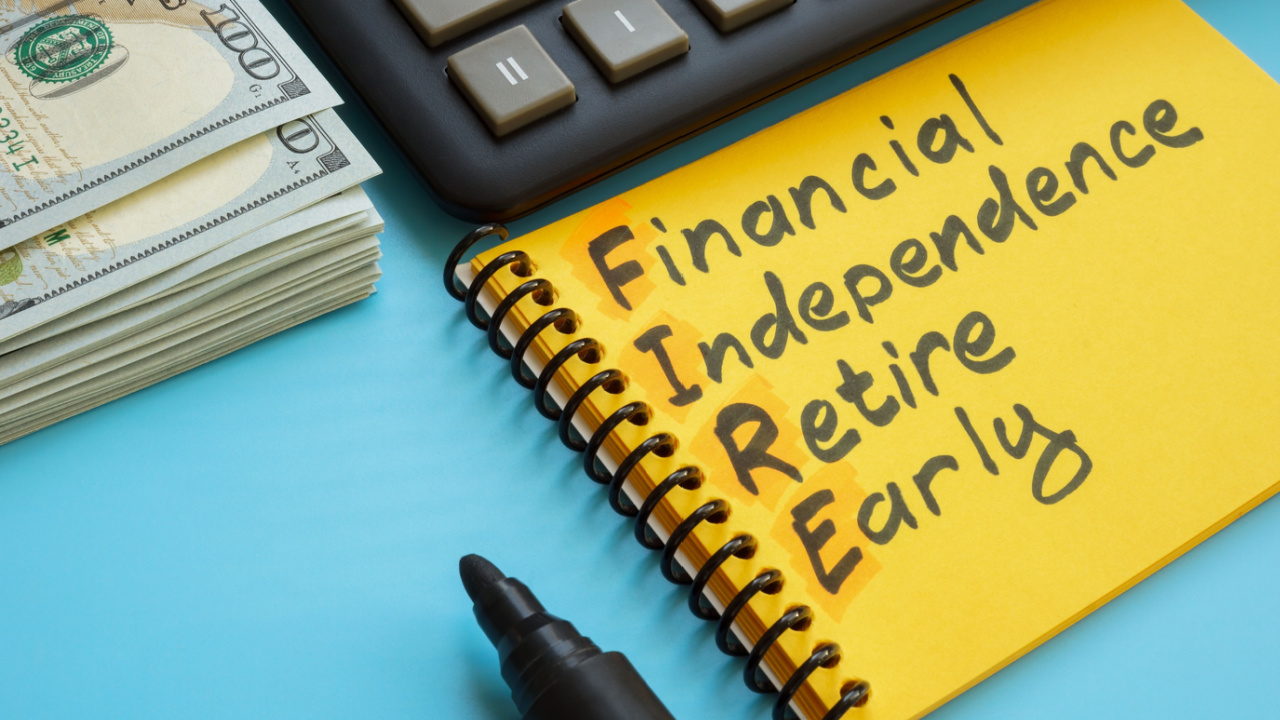
FIRE – Financial Independence, Retire Early. That’s the dream, right? Quit the rat race and live life on our own terms. It’s totally doable. Plenty of people join the FIRE movement and manage to retire pretty quickly. And there’s a LOT of advice out there on how to do it. Sadly, much of the advice is outdated or just plain bad.
12 Money Mistakes That Can Leave You Vulnerable in a Crisis
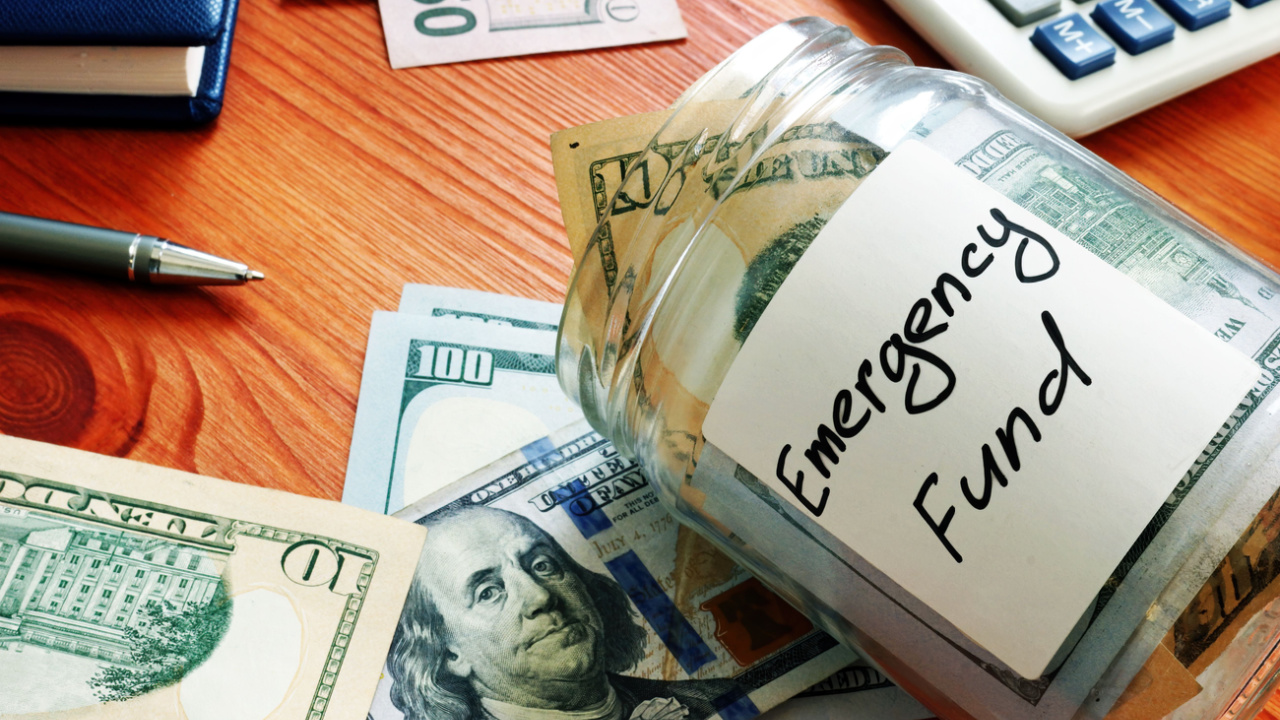
In times of uncertainty, financial stability is more crucial than ever. While prepping for physical emergencies is vital, don’t overlook financial prepping. Avoiding these common money mistakes can help make sure you’re in a stronger position to weather any storm.
25 Winter Foraging Foods to Save Money on Your Grocery Bill
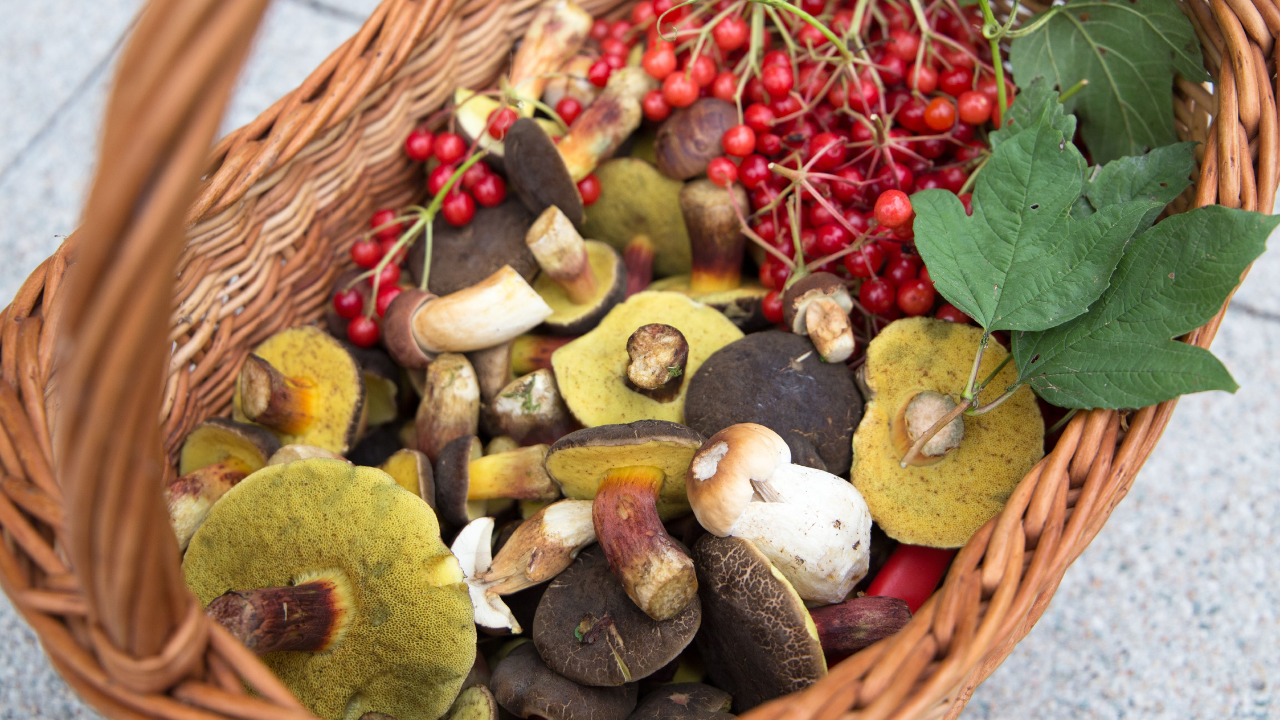
Preparing for a recession is more important than ever in these uncertain times. I understand the challenges and fears you might face, so I’ve compiled these 25 actionable tips to recession-proof your prepping plans. Each suggestion can help you stay ahead, ensuring that you’re surviving and thriving, even in tough economic times.
Becky is a wildlife enthusiast and pet and livestock care expert with a diploma in canine nutrition. With over a decade of experience in animal welfare, Becky lends her expertise to Simple Family Preparedness through insightful info about pets, livestock, bee keeping, and the practicalities of homesteading.

